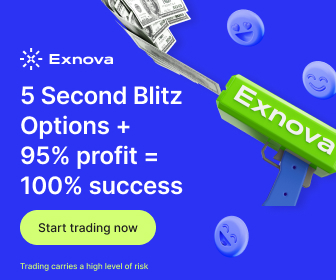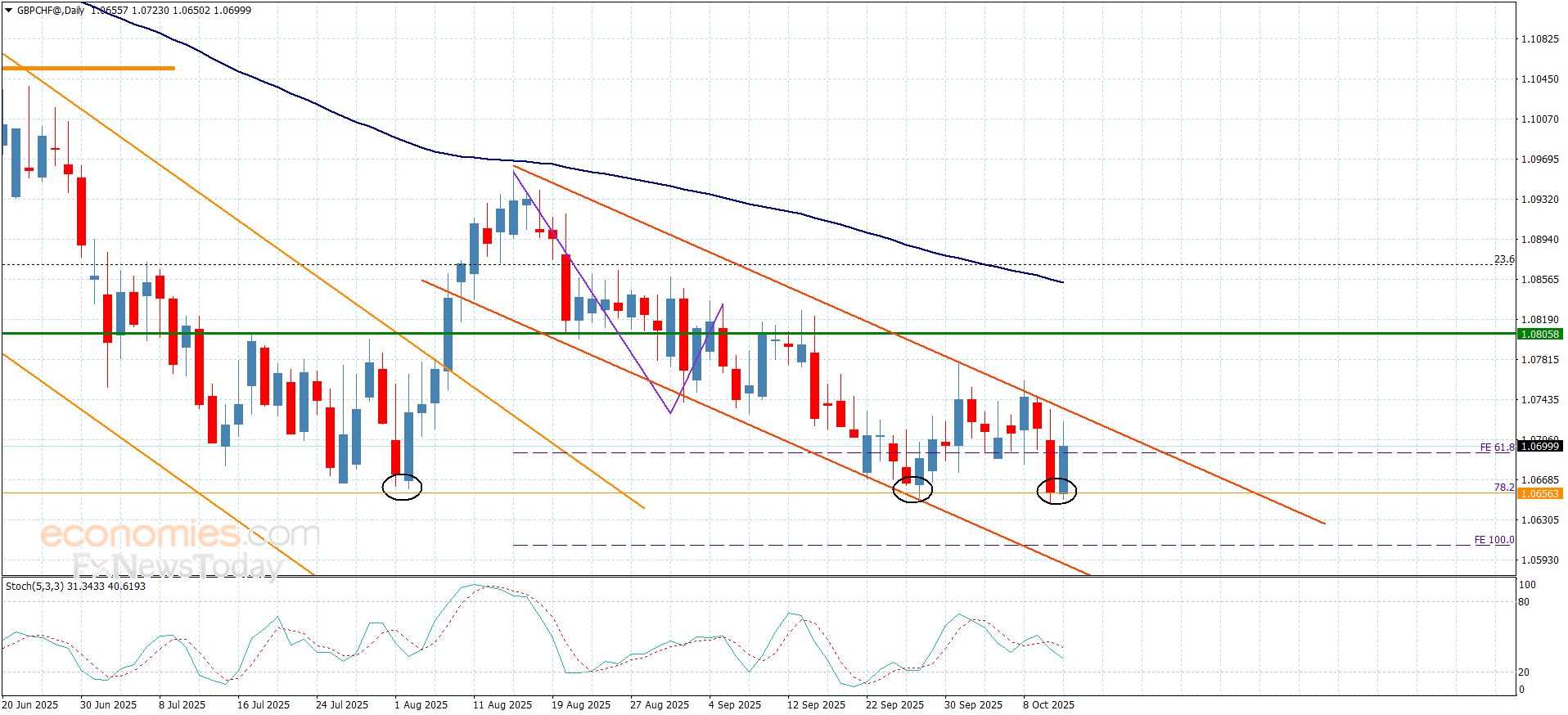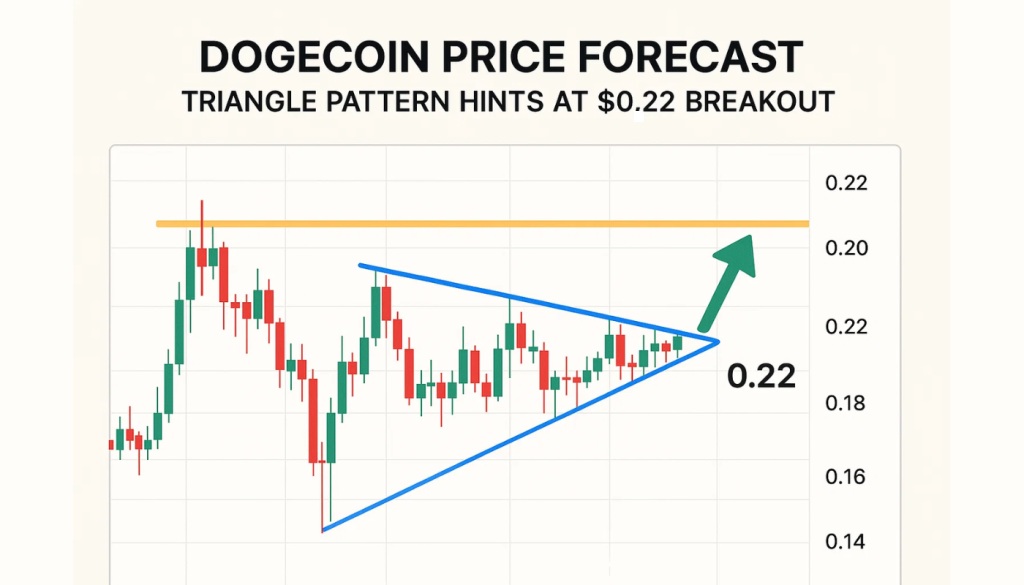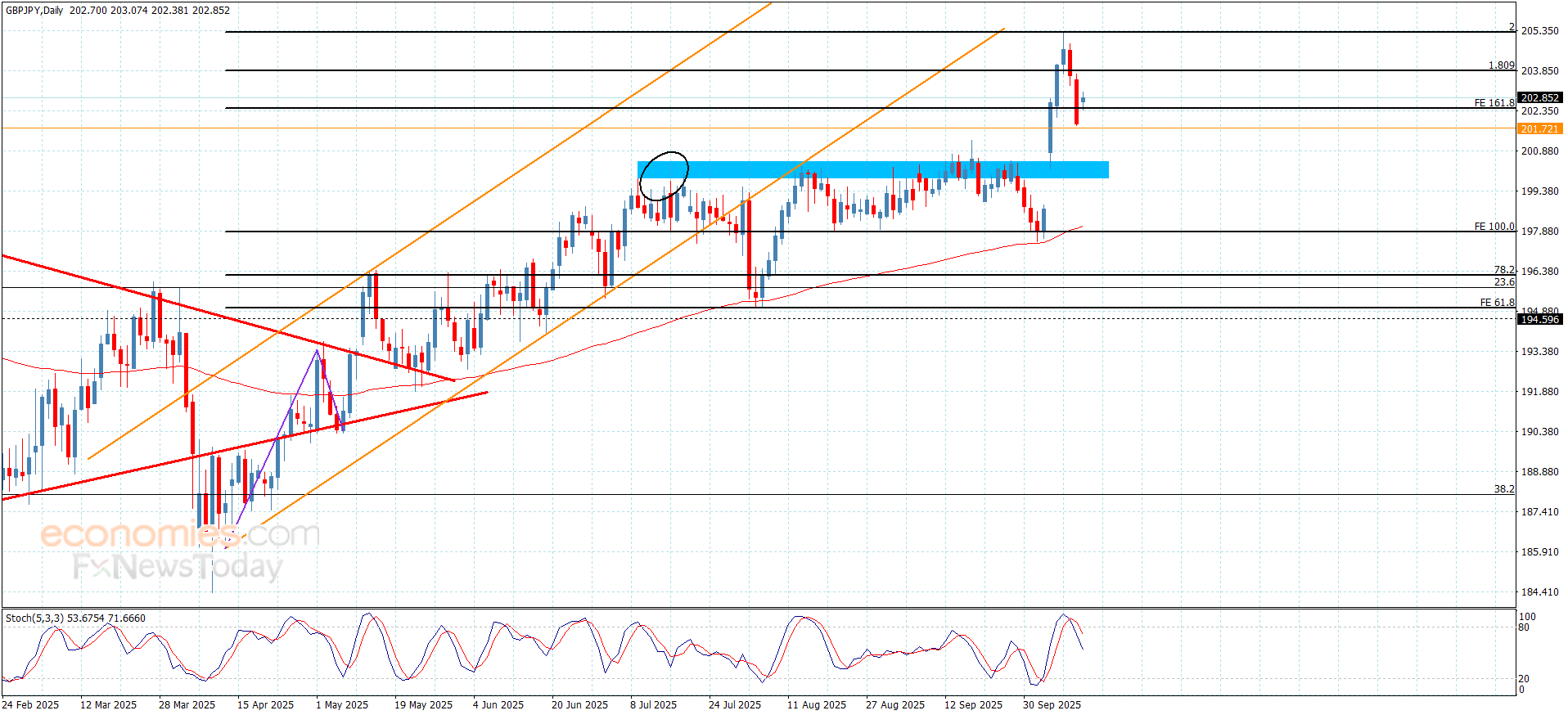DeFi TVL Hits New High, NFT Trading Volume Doubles
Author: DappRadar
Compiled by: Felix, PANews
Although Bitcoin reached a new high in the first week of October, the third quarter of 2025 laid a perfect foundation for year-end developments. Dapps have been affected by the downturn in the crypto market, but innovation has never ceased. Over the past three months, the continuous rise of Dapps has been witnessed, with tokenization becoming a key pillar of the industry, NFTs gaining momentum, and DeFi TVL reaching new highs.
Key Points:
- The average daily number of active wallets on Dapps was 18.7 million, representing a 22.4% decrease from the previous quarter.
- Gaming solidified its market dominance, increasing from 20.1% in the second quarter to 25% in the third quarter. NFTs (accounting for 18.5%) and DeFi (accounting for 17.9%) followed closely behind.
- DeFi’s TVL reached a new record high, with the total TVL across all blockchains and protocols amounting to $237 billion.
- NFT trading volume nearly doubled this quarter, reaching $1.58 billion. Meanwhile, NFT sales hit a quarterly high, reaching 18.1 million units.
- Sports emerged as the primary growth market for NFTs, with transaction volumes in this category surging by 337% to reach $71.1 million.
- Losses from hacking dropped to their lowest point this year at $434 million, but the threats have become increasingly complex.
1. As the momentum of SocialFi and AI wanes, Dapp usage declines.
The daily average number of active unique wallets for Dapps fell by 22.4%. In Q3, Dapps attracted an average of 18.7 million wallets per day. Across the quarter, the number of active wallets decreased in every category, with social and AI categories experiencing the most significant declines.
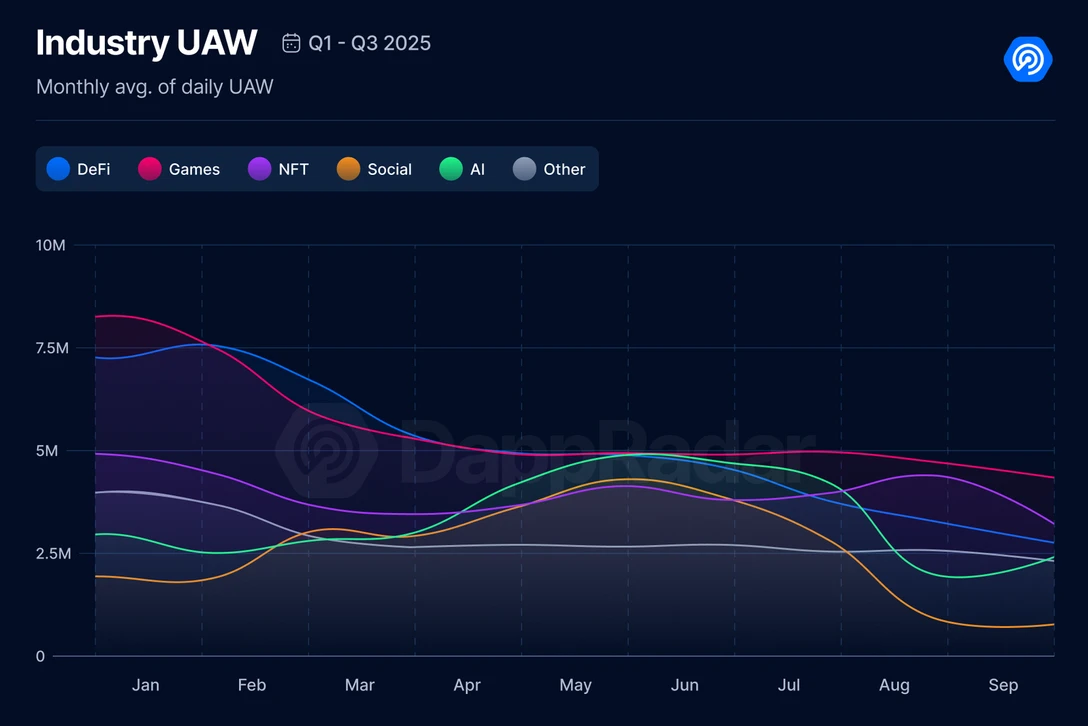
Throughout the quarter, the appeal of the AI category diminished, with the average number of active wallets dropping from 4.8 million in Q2 to 3.1 million in Q3. This downward trend is evident in the success of Virtuals Protocol, a launchpad for AI agents. In Q2, Virtuals Protocol attracted 10,000 active wallets daily, with millions of users flocking to the platform. Today, it attracts between 1,000 and 1,500 active wallets daily, with an average daily trading volume of approximately $100,000.
Beyond AI, social Dapps have also been affected. In Q2, social Dapps had 3.8 million daily active wallets. However, this number plummeted by more than half in Q3, falling to 1.57 million active wallets. Various social Dapps, including The Arena, Layer3, and OnchainGM, peaked in Q2 but experienced a substantial decline in activity over the past three months.
When segmented by market sectors, both the social and AI categories lost market share over the last quarter. In Q2, AI was the third most active market sector, accounting for 18.6%, but this figure dropped to 16.8% in Q3. The social sector was hit harder, declining from 15.9% to 8.4%. In terms of market dominance, the NFT segment has gained market share, now ranking second with 18.5%. Meanwhile, gaming remains the dominant category in the Dapp industry, holding a 25% market share.

Earlier this year, gaming, DeFi, and AI were dominant, closely followed by social and NFT. The situation reversed in Q3. Gaming remained dominant, but NFT’s ranking improved, now holding second place. DeFi and AI follow closely, while social is now the weakest market segment, surpassed by the diverse range of Dapps in the ‘other’ category.
Looking at individual Dapps, gaming Dapps still dominate. While the shopping app KAI-CHING attracted the most active wallets, gaming Dapps occupy a significant portion of the top five. ‘World of Dypians’ is a social gaming metaverse, HOT Protocol offers gamified services, and KGeN is an interactive gaming platform.

2. DeFi TVL reaches a new all-time high of USD 237 billion
As cryptocurrency prices rise, innovation is driving the DeFi market to new highs. Lending protocols are thriving, and cross-chain liquidity has become a hot topic in the industry, while the rise of meme coins and AI tokens has brought substantial liquidity to certain ecosystems. Additionally, the rise of stablecoins is bringing DeFi into the spotlight of traditional finance.
In Q3, the United States passed three pieces of cryptocurrency legislation, with the GENIU Act standing out. This bill provides the first legal framework for payment stablecoins, requiring issuers to hold cash reserves or short-term U.S. Treasury bonds. Meanwhile, corporations and investment funds have poured billions of dollars into Bitcoin through Bitcoin ETFs. The launch of the Plasma stablecoin chain, along with announcements from companies like Circle and PayPal about launching networks, highlights the demand from traditional financial institutions for this crypto version of the U.S. dollar, euro, Korean won, or Japanese yen.
It is against this backdrop that the DeFi sector set a new TVL record. At the end of Q3, USD 237 billion was locked in DeFi smart contracts. This is an all-time high, and with the continued development of real-world asset tokenization and progress in stablecoin-related areas, this may mark the beginning of a large influx of liquidity.

However, despite Ethereum’s longstanding leadership in the DeFi space, it did not take the limelight in Q3. Although Ethereum still leads with a TVL of USD 119 billion, its TVL declined by 4%.
Solana successfully maintained its second position but experienced the largest drop among the top ten blockchains. Solana’s TVL fell by 33% to USD 13.8 billion, primarily due to waning momentum around Pump.fun and meme coins.
The situation for the other eight blockchains on the list is much more optimistic. BNB Chain launched the perpetual DEX Aster, which caused a stir. Hyperliquid, specifically designed for on-chain perpetual trading, has also gained significant attention over the past year, with its TVL growing by 29% to USD 2.85 billion. This reflects a broader trend this quarter where the functionalities of DEXs are gradually becoming as sophisticated as those of CEXs.

3. NFT sales volume hits a new high since 2022
Due to the lower trading prices of many NFTs currently, the trading volume has slightly declined. However, the number of transactions in 2025 has increased. The first quarter recorded sales of 7 million NFTs, and the second quarter reached 12.5 million. This upward trend is continuing. In the third quarter, the market recorded over 18.1 million NFT sales, generating a transaction volume of $1.6 billion.

The increase in sales volume has not been reflected in practical applications. Although the number of NFT traders reached its highest monthly figure in 12 months, the growth remains minimal compared to the number of sales.
In the first quarter of 2025, there were 1.66 million wallets trading NFTs. During the same period, 7 million NFTs were sold, meaning that each wallet traded an average of 4.2 NFTs. In Q3, 2.14 million wallets traded 18.1 million NFT assets. This indicates that each wallet traded an average of 8.4 NFTs.
Between the two quarters, sales grew by 158%, while the number of wallets only increased by 28.6%. This suggests strong support from existing participants rather than a significant influx of new users.

The only NFT category showing a decline is gaming-related NFTs. In the past quarter, the trading volume of gaming NFTs fell by 17%, and the number of units sold decreased by 32%. In contrast, sports-related NFTs saw their trading volume grow by 337% to $71 million, with sales increasing by 143% to 4.1 million units.

The surge in trading volume was also driven by certain developments. For instance, OpenSea launched a campaign for its upcoming token, rewarding the most active traders on its platform. This encouraged users to trade low-value NFTs to meet daily targets. As a result, OpenSea successfully increased its sales volume by 29%, reaching 9.27 million assets.
Meanwhile, Profile Picture (PFP) NFTs, led by CryptoPunks, Moonbirds, BAYC, and Pudgy Penguins, gained attention. PFP trading volumes grew by 187% quarter-over-quarter, reaching $544 million. While CryptoPunks remain the holy grail for NFT collectors, Pudgy Penguins are gradually evolving into an entertainment brand integrated with Web3, encompassing games and other forms of entertainment.

Yuga Labs, the company behind Bored Ape Yacht Club, divested some of its assets to focus on BAYC, MAYC, and Otherside. This has injected new vitality into the Bored Ape community. However, they still sold Moonbirds.

Moonbirds stood out this quarter with 8,311 NFTs sold and a trading volume of $88 million. The intellectual property rights of Moonbirds are now owned by Orange Cap Games, which announced plans in the first week of October to introduce the BIRB token to Solana.
Beyond the data, real change is quietly taking place. NFTs are no longer just JPEG images of monkeys; they are increasingly integrated with emerging Real World Asset (RWA) trends and decentralized finance (DeFi).
The leading NFT collection is Courtyard, which tokenizes physical collectible cards and then sells them as NFTs on the blockchain. Each NFT on Courtyard represents a tokenized physical trading card, such as Pokémon or baseball cards. Users can trade the digital versions of these physical collectibles or redeem the physical cards. In Q3 alone, Courtyard sold 1.55 million items with a transaction volume exceeding $145 million.
A new trend emerged in September: NFT micro-strategies. Token Works launched PunkStrategy, an automated protocol concept for buying and selling CryptoPunks assets. Users acquire PNKSTR tokens, and 10% of the trading fees go into a pool. Once the protocol accumulates sufficient funds, it purchases the cheapest CryptoPunk and lists it for sale at a 20% markup.
After the CryptoPunk is sold on the open market, the protocol uses the acquired ETH to purchase PNKSTR from the market. These tokens are subsequently burned, removing them from circulation. Thus, PNKSTR becomes a way to gain exposure to CryptoPunks without purchasing expensive NFTs.
NFTs are no longer just about collections. These digital assets can represent ownership of physical assets or become part of automated DeFi protocols.
4. The threat of hackers never ceases, with $434 million stolen.

In Q3, hackers stole cryptocurrencies worth over $434 million. The largest incidents involved social engineering and exploits. In July, a hacker exploited a malicious contract in GMX V1 to manipulate internal accounting safeguards, enabling the extraction of funds beyond their entitlement, resulting in a $42 million loss. Days later, CoinDCX lost $44 million due to a server breach.
The most recent incident occurred in September when the social project UXLINK suffered a multi-signature vulnerability attack, leading to the theft of assets valued at $21.7 million. Additionally, the hacker gained unauthorized minting rights and issued 1 billion UXLINK tokens. The subsequent selloff caused the token’s value to plummet by 70%. Ironically, the hacker later lost tokens worth $48 million due to a phishing attack.
The second-largest event in Q3 was the hack on Turkish exchange BTCTurk. However, the top-ranking incident involved a victim who lost 783 bitcoins (worth approximately $91 million) through a social engineering scam. The attackers impersonated exchange and wallet customer service to deceive the victim. Specific details remain unknown, but with the rise of AI tools, such attacks seem increasingly likely.

These five incidents accounted for the majority of stolen funds in Q3. With $434 million stolen, the intensity of attacks in this quarter appears to have decreased somewhat. However, as real-world asset tokenization expands, more advanced DeFi functionalities emerge, and institutions seek to adopt stablecoins, it is certain that crypto wallets will remain targets for scammers and hackers. Recent reports about zero-click vulnerabilities in the iOS operating system and WhatsApp indicate that crypto users need to remain vigilant.
Conclusion
Q3 demonstrated the resilience and adaptability of Dapps in the ever-evolving crypto market. Despite a decline in daily active wallets and challenges in the SocialFi and AI sectors, Dapps continued to make steady progress and achieved significant milestones. DeFi’s Total Value Locked (TVL) reached a record $237 billion, reflecting robust growth and growing interest from institutional investors, particularly in stablecoins and tokenized assets.
NFT market sales surged to 18.1 million units, highlighting their evolving role beyond collectibles, integrating with DeFi and real-world assets. Gaming remained dominant.
Dapps are gradually becoming part of the everyday lives of users seeking financial services, engaging games, or rare Pokémon cards. Currently, the number of active wallets is in the millions, but soon it will reach billions.
Related Reading: Dapp Report for August: On-chain Activity Cools Down, NFTs Continue to Recover
Written by : Editorial team of BIPNs
Main team of content of bipns.com. Any type of content should be approved by us.
Share this article:


